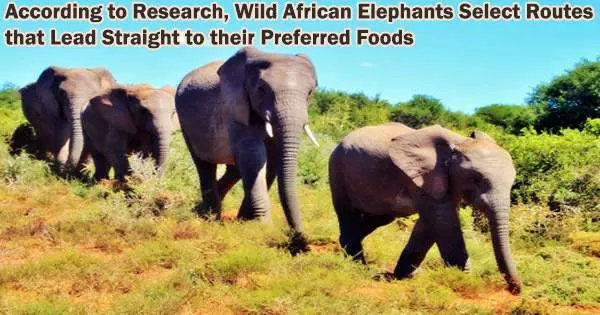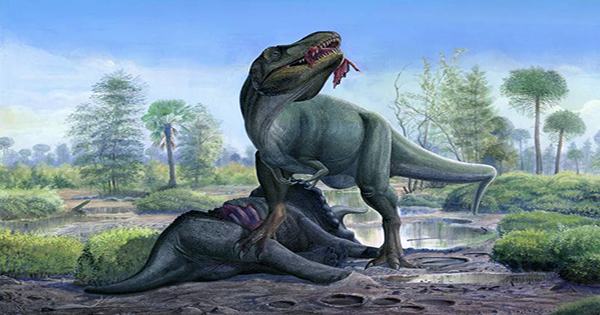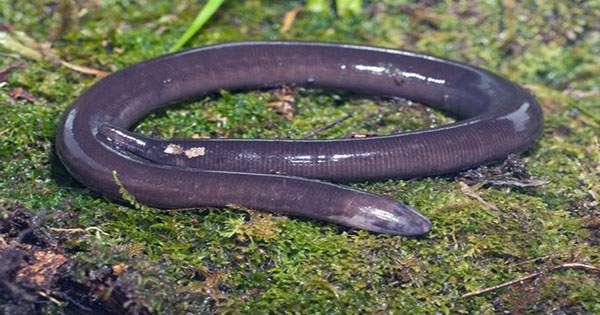Researchers are seeking for fresh approaches to keep a close eye on wild African elephants as human-elephant conflict spreads across the continent, even turning to space technologies for advice.
Researchers from Save the Elephants and the Department of Biology at the University of Oxford have, for the first time ever, tracked the footprints of elephants in the rural community of Sagalla in Tsavo Kenya, a hotspot for crop-raiding elephants. They did this by using a high-resolution hand-held Garmin GPS that captures point-to-point fixes every 3-5 seconds and overlaying it with free high-resolution satellite imagery to determine how plant diversity on a micro scale affect.
In the process, they’ve learned that elephants choose their courses carefully based only on their preferred food. The research, which was just published in the journal Remote Sensing, may play a significant role in aiding conservationists in the prediction of possible human-elephant conflict (HEC) hotspots.
Scientists have been able to map every single item of vegetation within each 10m pixel in and around Sagalla thanks to the Sentinel 2A images, which was acquired by an open-source satellite operated by the European Space Agency.
While elephants are typically followed every hour, the handheld satellite GPS records every bend, thorny thicket, and tree an elephant would make on its selected course. The study’s elephant data spans the months between January 2015 and 2020.
The insight that different compositions of elephant groups prefer different vegetation patches could help us better understand where elephants are moving to within community areas to focus mitigation efforts, and also will promote better understanding for management of vegetation quality and composition inside wildlife reserves to keep parks more attractive to elephants inside than outside.
Dr. Lucy King
The findings demonstrate that bull elephants favor the use of pathways that lead to or contain the herbs Combretum and Cissus, which are solely consumed by bulls. Family groups will walk paths that have Commiphora and Terminalia, which are a dietary preference for family groups comprising females and young calves.
Additionally, when the two groups merge and travel together, they pick routes that pass by or lead to places where their respective favorite foods are offered, thereby ensuring that there is something for everyone.
The work is crucial because it could assist conservation managers in allocating resources to possible conflict hotspots outside of protected areas and improve plant diversity protection in parks and buffer zones.
Scientists can better understand the effects of human encroachment and vegetation removal on elephant migration by mapping the distribution and make-up of particular vegetation species within plant communities.
Lead author Gloria Mugo, from Save the Elephants, says, “It is incredible the level of detail we can infer from free satellite imagery about the processes that control the spatial dynamics of elephant movements. A lot is known about what kinds of foods are eaten by elephants, however, being able to single out the fact that their movements can be driven by their fancied, gender-based diet, helps to further our understanding of micro-level ecological interactions.”
Since 2009, Save the Elephants, the University of Oxford, and the Sagalla community have collaborated on many projects, beginning with one that looked into the possibility of using beehive barriers to lessen conflict with elephants.
The Sagalla community asked the researchers to help them understand why and where elephants were foraging in the buffer zone of vegetation between the homes and the park boundary, and this led to the creation of the satellite photography study.
Dr. Lucy King, Department of Biology, University of Oxford and Head of Save the Elephant’s Co-existence Programme said, “The insight that different compositions of elephant groups prefer different vegetation patches could help us better understand where elephants are moving to within community areas to focus mitigation efforts, and also will promote better understanding for management of vegetation quality and composition inside wildlife reserves to keep parks more attractive to elephants inside than outside.”
















